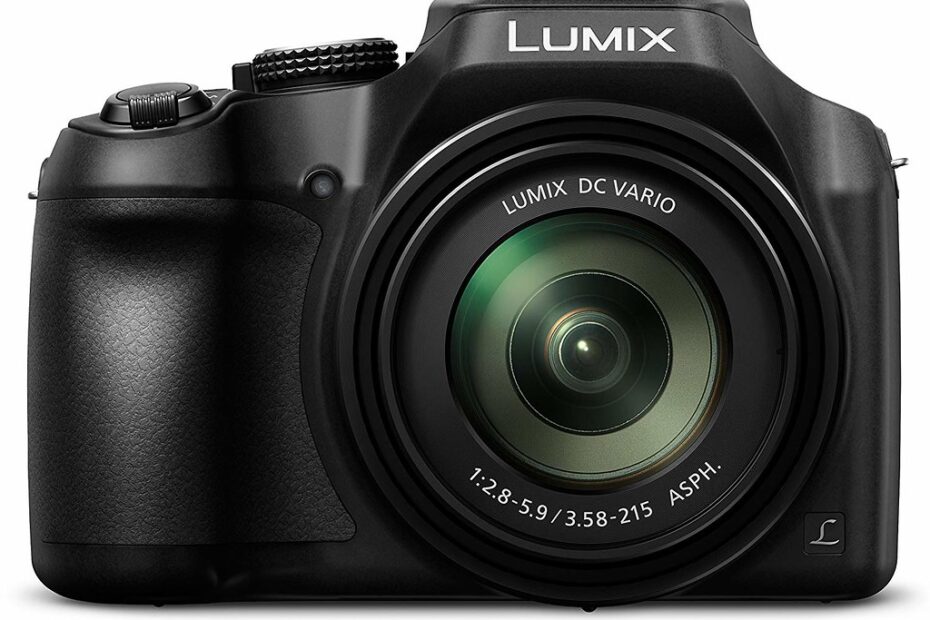As someone who started photography with just a smartphone and a lot of curiosity, getting my hands on the Panasonic LUMIX G7 felt like stepping into a whole new world. I bought the camera after weeks of research, looking for something that offered creative flexibility, good image quality, and most importantly, 4K video without breaking the bank.
The LUMIX G7 is not the newest camera on the market, but for an amateur like me living in India and exploring different types of photography—street, indoor portraits, temple architecture, food shots—it has been more than just a stepping stone.
First Impressions
When I first unboxed the G7, I was surprised by how light it felt. The build is mostly polycarbonate, but it doesn’t feel cheap. It’s compact and fits well in hand, especially for someone coming from heavier DSLRs or point-and-shoots. The grip is solid, the buttons are plenty, and the dual control dials make changing settings on the fly really easy.
The 16MP Micro Four Thirds sensor, paired with the kit 14-42mm lens, was my starting point. It may not sound like much compared to modern megapixel counts, but it’s more than enough if you understand lighting and composition.
Outdoor Photography Experience
My first real outing with the G7 was during an early morning walk around Cubbon Park in Bangalore. The light was soft, perfect for testing the dynamic range. The camera captured the colors of the flowers, morning joggers, and the dew on the grass with impressive clarity.
Autofocus outdoors was fast and mostly reliable in good light. I used the burst mode to capture birds in flight—though it’s not made for serious wildlife photography, the G7 handled itself surprisingly well. Shooting in manual mode became second nature after a couple of outings thanks to the intuitive button layout.
One standout feature for outdoor shooting is the electronic viewfinder (EVF). In the bright Bangalore sun, the articulating screen sometimes became hard to see, and the EVF came in handy every time. Composing shots with accurate exposure previews helped reduce trial and error.
Another bonus was the 4K photo mode, which lets you extract 8MP stills from a 30fps burst. I used this to capture fast-moving street scenes and even a kid jumping into a lake at Ulsoor. Not every frame is perfect, but you often find that one golden shot.
Indoor Photography and Low-Light Challenges
Indoor shooting is where the G7 starts to show its limits, especially in low light. At home, I’ve tried shooting portraits and casual candid shots under regular LED lighting. The image quality is decent, but noise starts to creep in around ISO 1600 and becomes quite visible at ISO 3200 and beyond.
Using a tripod and the self-timer helped me take sharper images during my home setups. I also found that with a little post-processing in Lightroom, I could clean up some of the noise while preserving detail.
Autofocus performance indoors was a bit of a mixed bag. It’s fine if there’s a decent amount of light, but it hunts and slows down in dim settings. Switching to manual focus helped during some low-light product photography experiments I did at home.
One aspect I really appreciated is the articulating screen. Whether I was trying flat lays of food or awkward angles while sitting on the floor, the fully rotatable LCD helped compose shots comfortably.
Video for Creative Side Projects
As a beginner YouTuber trying out short reels and behind-the-scenes edits, I couldn’t ignore the 4K video capabilities. This is where the G7 really excels for its price. The footage is sharp and detailed, and manual controls give me creative freedom. I’ve used it to record tutorials, vlogs, and even a DIY lighting setup video in my room.
There’s no in-body stabilization, so for handheld shots I had to rely on a tripod or gimbal. But the quality of the footage blew me away compared to smartphone video.
Battery Life and Connectivity
Battery life is acceptable for casual use—I usually get around 300 shots on one charge. I always carry a spare battery when I’m out for a full day. The Wi-Fi transfer feature came in handy to quickly move files to my phone without having to remove the SD card, especially when I wanted to upload something on the go.
Final Thoughts
The Panasonic LUMIX G7 has been a solid partner in my photography journey so far. It has its shortcomings—low light performance isn’t its strong suit, autofocus could be better indoors, and it lacks stabilization. But for someone learning the ropes, it’s an extremely capable and forgiving camera.
What really matters is how it encourages you to grow. It taught me to shoot in manual, to work with light more thoughtfully, and to pay attention to composition and timing. For anyone in India looking for a budget-friendly, feature-rich mirrorless camera that can handle both stills and video, the G7 remains a strong contender.
I still use it every weekend—whether I’m shooting street portraits in Russell Market, capturing my mom’s homemade meals in the kitchen, or recording my DIY projects. And every time, it reminds me why I started this journey in the first place.
